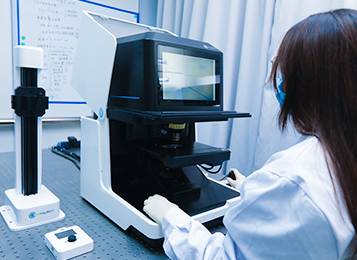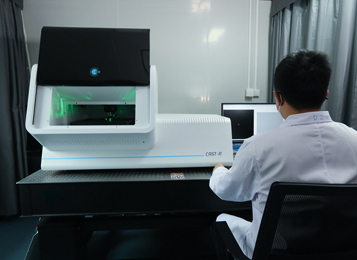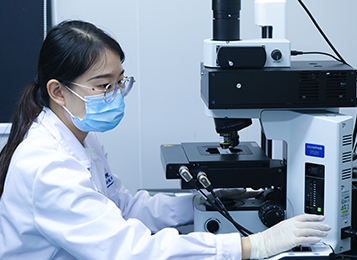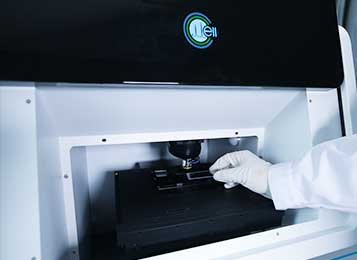Single-cells are the basic unit of cellular life function and evolution on earth. Accurate and high-throughput sorting of single-cells are key tools for mechanistic dissection of functional heterogeneity among cells and probing yet-to-be-cultured microbes in nature. Due to its label-free and non-invasive features, Raman-activated cell sorting (RACS), which sorts cells based on their Single-cell Raman Spectrum (SCRS), has attracted increasing interest.
For the key question of increasing the sorting throughput of RACS, the Single-Cell Center at Qingdao Institute of Bioenergy and Bioprocess Technology (QIBEBT), Chinese Academy of Sciences (CAS) developed a novel Raman-activated single-cell Droplet Sorting (RADS) technique, which featured the highest sorting throughput among the existing RACS. This new work was published on Analytical Chemistry.
Droplet-based microfluidics coupled with dielectrophoretic (DEP)-based cell sorting can achieve ultra-high throughput, and can be seamlessly coupled to downstream droplet-based DNA/RNA extraction or cell culture. However, droplet-based microfluidic RACS prototypes have not been demonstrated. The research team from Single-Cell Center used the following strategies: (i) cells were interrogated for SCRS prior to droplet generation, which eliminates the interference from droplet surface and oil; (ii) single-cell droplet encapsulation was directly coupled to DEP-based droplet sorting, which simplified the system design and operation; (iii) a homemade software, QSpec, was developed to automatically integrate and synchronize the RADS system.
Finally, based on the RADS system, AXT-hyperproducing H. pluvialis cells were sorted with high-throughput (~260 cells min-1) and high-accuracy (~98%), Of the RADS-sorted cells, 92.7% remained alive and able to proliferate, which was equivalent to the unsorted cells. Thus the RADS achieved a much higher throughput than existing RACS systems, preserved the vitality of cells, and facilitates seamless coupling with downstream manipulations such as single-cell sequencing and cultivation.
Previously, Single-Cell Center demonstrated that SCRS, via the ramanome approach, can identify and analyze nearly unlimited cellular functions in label-free and non-invasive manner. Hence, by coupling with the ramanome approach, RADS may become a generally applicable, versatile and high-throughput RACS platform for label-free functional screening of cells and subsequent omics profiling at single-cell resolution.

Schematic illustration of RADS














 鲁公网安备37021202001515
鲁公网安备37021202001515


